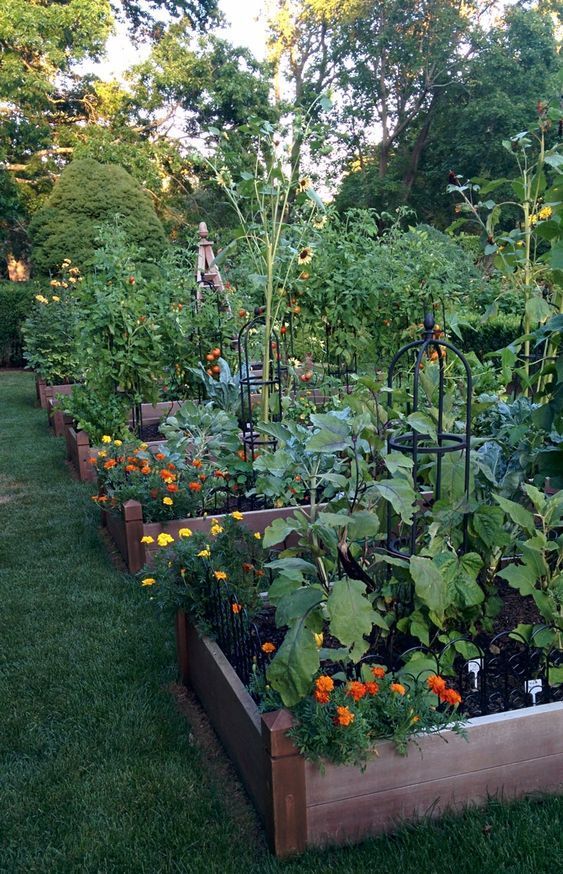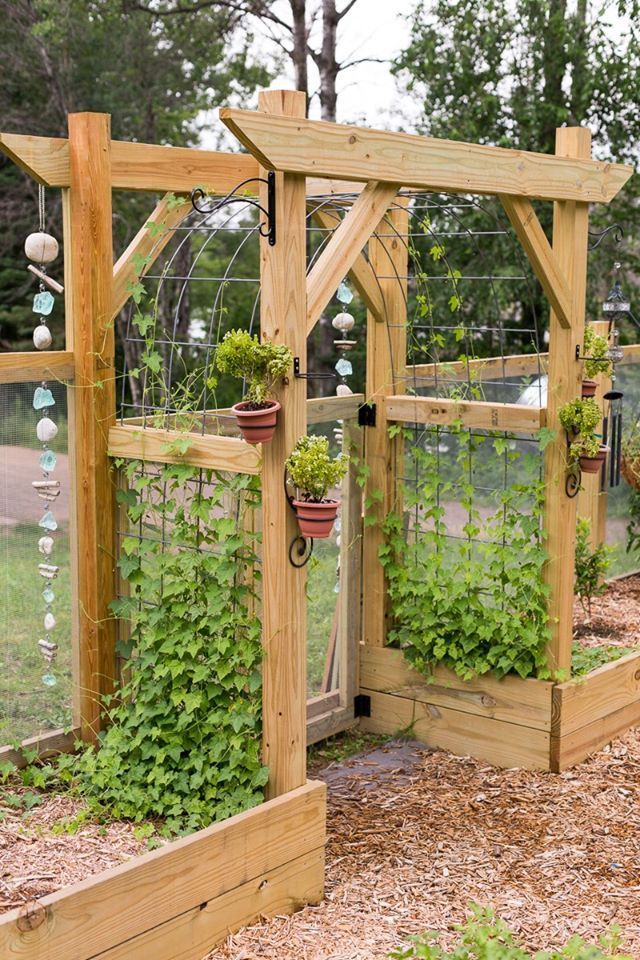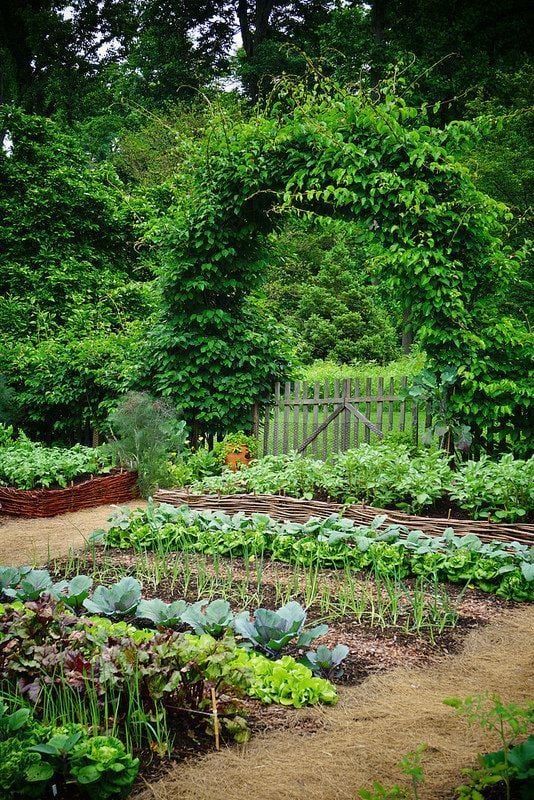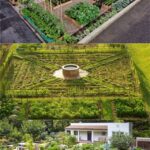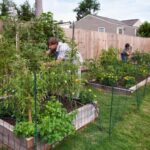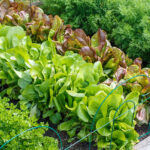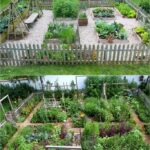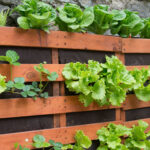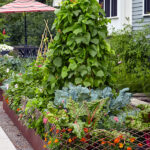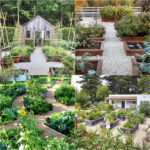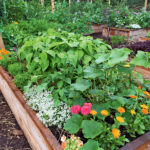When it comes to designing a vegetable garden layout, there are a few key considerations to keep in mind in order to maximize space, sunlight, and productivity. One important aspect to consider is the location of your garden. Ideally, you want to place your vegetable garden in a spot that receives at least six to eight hours of sunlight each day. This will ensure that your plants have the necessary light they need to thrive and produce a bountiful harvest.
Once you have chosen the location for your vegetable garden, you will need to plan out the layout. One common layout option is the traditional row garden, where vegetables are planted in straight rows with pathways in between. This layout is simple and easy to navigate, making it a popular choice for many gardeners. Another layout option is the raised bed garden, where vegetables are planted in raised beds that are typically two to three feet wide. Raised beds are a great option for those with limited space, as they allow for more plants to be grown in a smaller area.
In addition to choosing a layout style, it is also important to consider the spacing between plants. Proper spacing is essential for ensuring that your plants have enough room to grow and receive adequate sunlight and nutrients. Be sure to follow the spacing recommendations provided on seed packets or plant tags for each vegetable you are growing. Overcrowding can lead to stunted growth and increased susceptibility to pests and diseases.
When planning your vegetable garden layout, it is also important to consider companion planting. Companion planting involves planting certain vegetables together that benefit each other in some way. For example, planting marigolds next to tomatoes can help repel pests, while planting carrots next to onions can help deter carrot flies. Research companion planting combinations to find out which vegetables work well together and can help improve the health and productivity of your garden.
When designing your vegetable garden layout, don’t forget to consider vertical gardening options. Vertical gardening involves growing plants upwards rather than outwards, utilizing trellises, stakes, and other structures to support vines and climbing plants. Vertical gardening can help save space and maximize your growing area, allowing you to grow a wider variety of vegetables in a smaller space. Consider growing vine crops such as cucumbers, beans, and peas vertically to increase your garden’s productivity.
In conclusion, designing a vegetable garden layout involves careful planning and consideration of factors such as sunlight, spacing, companion planting, and vertical gardening. By taking these factors into account, you can create a well-organized and productive vegetable garden that will yield a bountiful harvest throughout the growing season. Whether you choose a traditional row garden, raised bed garden, or a combination of both, thoughtful planning and design will help you get the most out of your vegetable garden.
